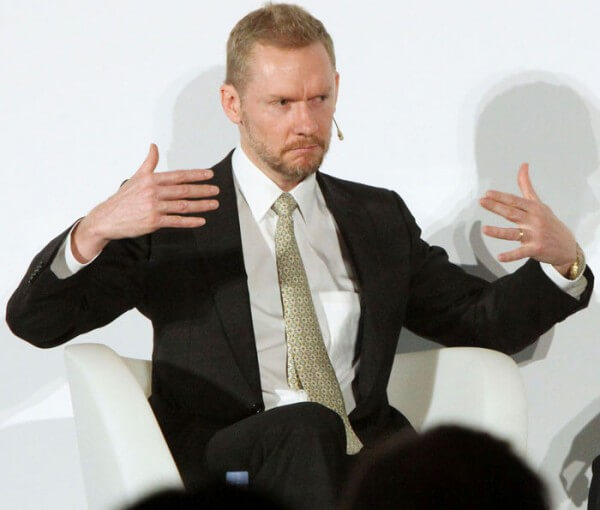Given the situation in Europe, the least one can say is that the Swiss economy is in great shape. With GDP gaining 2.4% in the first quarter versus the first three months of 2010, and the Secretary of State for the Economy forecasting growth of 2.1% for the year, the country is pulling out of recession fast. The downside, as is to be expected in this context, is that the Swiss franc, which many see as a safe haven when the Euro comes under strain, is heading skywards. The US dollar lost 23% on the Swiss currency over one year at end June, as did the Hong Kong dollar. The Japanese yen dropped 14.8% and the Euro 11.3%.
It seems, however, that the strong Swiss franc has had no major impact on Swiss exports, led by watches. According to latest figures published by the Federation of the Swiss Watch Industry (FH), “The Swiss watch industry made great strides in May with a second consecutive month of growth in excess of 30%. Watch exports attained a value of SFr 1.6 billion, an increase of 31.6% compared to May 2010. For the first five months of the year, the result stands at SFr 7.1 billion (+21.7%).” Nonetheless, the national currency isn’t the only obstacle watchmakers must overcome. Commodity prices have been spiralling for months too. An ounce of gold set buyers back US$ 1,500 at end June, a leap of 21% in one year. Meanwhile, the price of cut diamonds climbed 22.7% between January and May 2011.
How will China fare?
Concern about the situation runs sufficiently high for the FT Business of Luxury Summit – organised early June in Lausanne by the Financial Times with the support of the Fondation de la Haute Horlogerie – to extensively debate the issue. The first question mark hangs over China’s role as a driving force for the luxury industry. According to Jim O’Neill, Chairman of Goldman Sachs Asset Management, all the indicators suggest that China will double consumption over the next five years, on the back of the five-year plan which the government unveiled in March, not least to offset the long-term effects on exports of the slow revaluation of the yuan.
This is good news for the luxury industry, commented Jim O’Neill, although several economists doubt that China’s growth will continue, at least not at current rates. As Gavyn Davies, Chairman of Fulcrum Asset Management and former chairman of the BBC, observed: “When countries post this level of growth in the medium term – growth which can be compared to a speculative bubble – they usually experience downturn on a similar scale. In China’s case, I believe we are seriously underestimating the risks. Yes, the country will play a major role in the global economy in 2020, but it will be winding road to get there.”

Brand reputation
For the present time, though, China remains a heavy consumer of raw materials. “My view is that China will soon account for 50% of consumption of the global commodity market,” declared Peter Whitcutt, Director of Strategy and Business Development at Anglo American, one of the biggest mining companies in the world. “The problem comes from supply: resources are more or less stable while operating costs increase given that the main available resources have been largely exploited. Which of course has an impact on prices.” In other words, the rise in commodity prices shows no signs of abating any time in the near future.

In this context, pricing is high on the agenda, particularly for companies in the luxury sector. Differences in price between Korea and France for the same timepiece, a Gucci for example, can be in excess of 60%. “All our watches are manufactured in Switzerland and 90% are gold,” commented Philippe Léopold-Metzger, Chief Executive of Piaget. “Our only consolation is that all our direct competitors are based in Switzerland, and therefore face the same problems. Our watches have an average price of €25,600, which puts us at the very high end of the market where there is a tendency to impulse-buy. In other words, our customers aren’t price-sensitive. However, the only way we can maintain our margins is to adapt our prices and to continue along our chosen road of exclusivity. We may lose a few customers along the way, but the brand’s reputation is essential.” Uncertainties in Asia, a strong Swiss franc, higher commodity prices… Swiss watchmaking is a horse that has proved it can jump even the most daunting hurdles and which, for the time being at least, isn’t balking at any fence.















